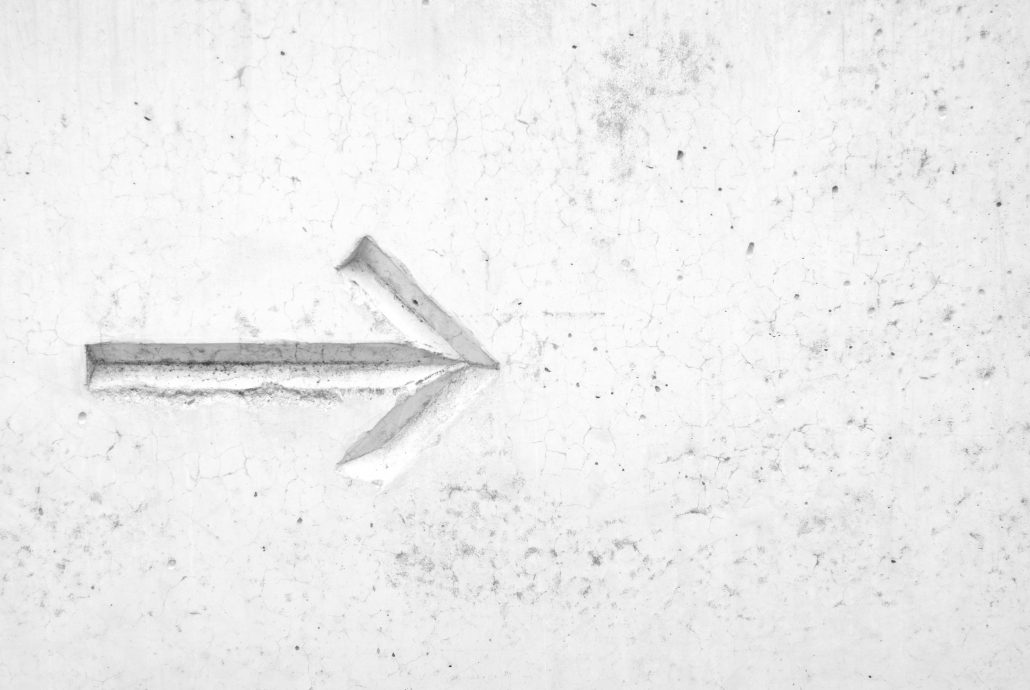What Does The Collision Repair Process Look Like?
When you get into a car accident for the first time, things can be confusing. You may not know what happens next and which steps to take. So we’ve made a simple list that outlines the process – from immediately after collision up until the car is repaired and ready for pick-up.
After the accident
- Keeping a clear head is an important first step when you get into a collision. This is the best time to collect the information needed to file for claims and protect yourself against lawsuits.
- Make sure that everyone is safe. See to it that no one is suffering from any serious injuries. If anyone needs medical attention, call an ambulance.
- Call the police. When the responding officer arrives, inform them of what happened. They will write down an official report of the accident. You can get a copy for personal use.
- Take pictures of the accident. You should have clear photos of license plates, damages to both vehicles, and the location. If you have a dash cam, leave it running and secure a copy of the recorded video once you get home.
- Exchange details with the other driver. You should have their name, address, email, phone number, and insurance information (i.e. provider, policy).
- Contact your car insurance company. Let them know that you were involved in an accident.
Getting your car towed
You may not need it at all. But if your vehicle is severely damaged by the accident, get in touch with an auto repair shop that offers towing services. You can save time and avoid towing scams if you already have one in mind.
If your insurance company suggests a repair shop, you can choose to follow their advice or not. Either way, they should cover your car’s repairs and replacement parts based on your insurance policy.
At the repair shop
When you get to the repair shop, request a quote. That way, you’ll know how much it would take to repair your vehicle and replace its parts. It shouldn’t take more than a few minutes to get an estimate. If the quoted amount exceeds the car’s value, your insurance company might consider your vehicle totaled.
Having your car repaired
You, your insurance provider, and the repair shop must come into an agreement before you can schedule an appointment. Once that is arranged, you may need to sign a form which authorizes the shop to perform repairs.
Who’s paying for my repairs?
If you live in a state with tort insurance laws and the other driver is at fault, their provider will pay for the repairs. But if their policy isn’t enough to cover the costs, or if they don’t have car insurance, you need an uninsured/underinsured policy to get coverage. Otherwise, you will have to pay for the repairs out-of-pocket even if you weren’t at fault. However, if you caused the accident, you need an additional collision policy to be covered by your own provider.
If you live in a state with no-fault laws, your insurance provider will pay for the repairs no matter who is responsible for the collision.
Picking up your vehicle after repairs
When your car is ready for pick-up, it should be in the same (if not, better) condition than it was before the accident. Don’t hesitate to ask the shop about the repairs done on your vehicle.

